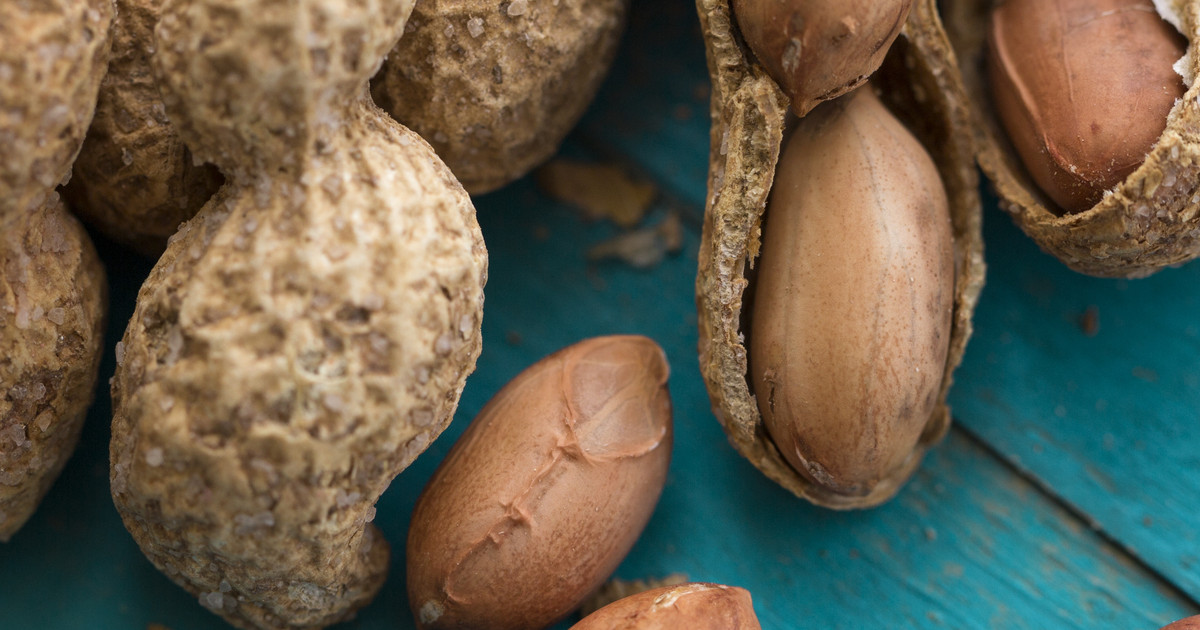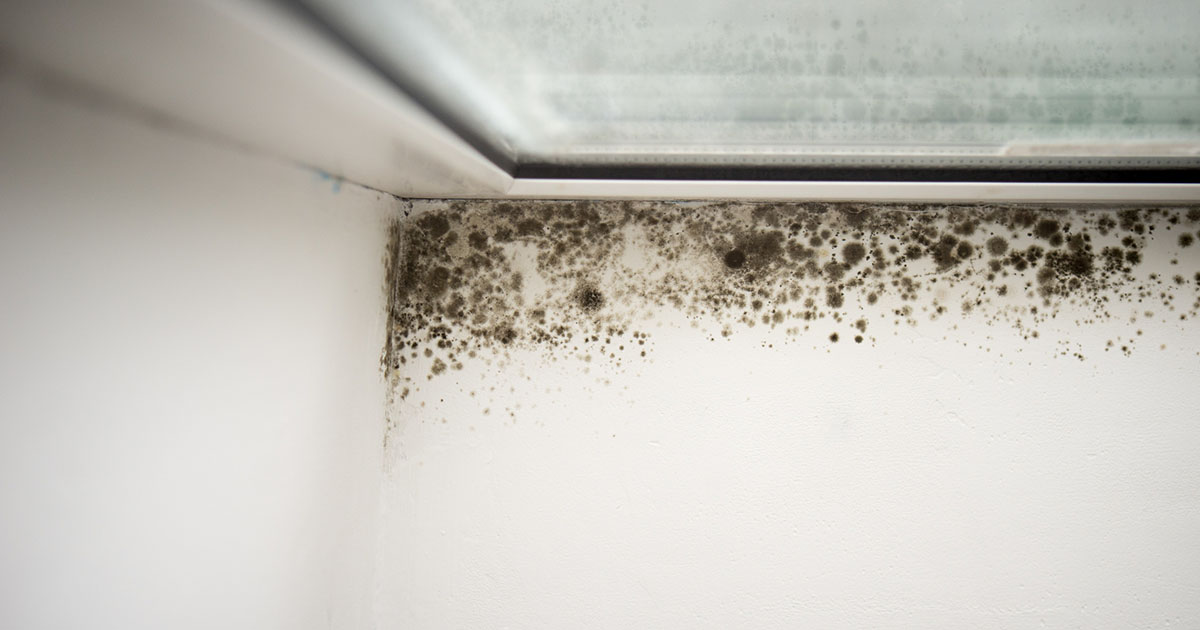Most Common Allergies
There are many different types of allergies. Some individuals have food allergies, and allergies involving animals and animal products, such as wool, are also common. Some individuals are allergic to substances floating in the air, such as pollen from certain flowers. This type of allergy is often colloquially referred to as hay fever, even though it has nothing to do with hay or fever. Symptoms of allergies are caused by histamines, which are substances released by the body in response to an allergen. Histamines can cause a skin rash known as hives and can also contribute to nasal congestion, headaches, and fatigue.
Food

Food allergies tend to be somewhat different in children and adults. It's not uncommon for children to outgrow a food allergy by the time they reach their late teens. Reactions to this type of allergy can range from mild to life-threatening. Sometimes a mild reaction may only involve stomach upset or a rash, but in susceptible individuals, a severe reaction known as anaphylactic shock can occur. Anaphylactic shock causes rapid swelling of the airway to the point where the victim can no longer draw air into their lungs.
An individual with anaphylactic shock may be mere minutes away from death. As such, individuals with a severe food allergy should carry a special kit that contains adrenalin, also called epinephrine, as this causes the rapid and dramatic reversal of anaphylaxis and usually buys enough time to get to a hospital. The most common food allergies for children are eggs, milk, peanuts, tree nuts, wheat, and soybeans. For adults, it's fish, shellfish, peanuts, and tree nuts.
Mold

Mold is a type of fungus, and while some kinds are toxic, most are not. Mold is a normal part of the environment and causes little problem for those who are not allergic to it. Like all fungi, it reproduces by releasing spores. It's these spores that cause an allergic response to occur. In an allergic individual, the immune system over-reacts to the presence of what is really a harmless substance. Symptoms of a mold allergy include chest tightness, wheezing, and coughing.
This kind of fungi in the home is likely to be more problematic than that naturally present in the environment, because spores tend to be more concentrated when they are indoors. Also, certain home conditions favor the overgrowth of this organism. It likes moisture, enclosed locations, and high humidity. Many homes have some kind of water leak, which favors mold growth. Home inspections will reveal any water leakage and fungal overgrowth. If overgrowth is excessive, it can be remediated, or removed, from the premises.
